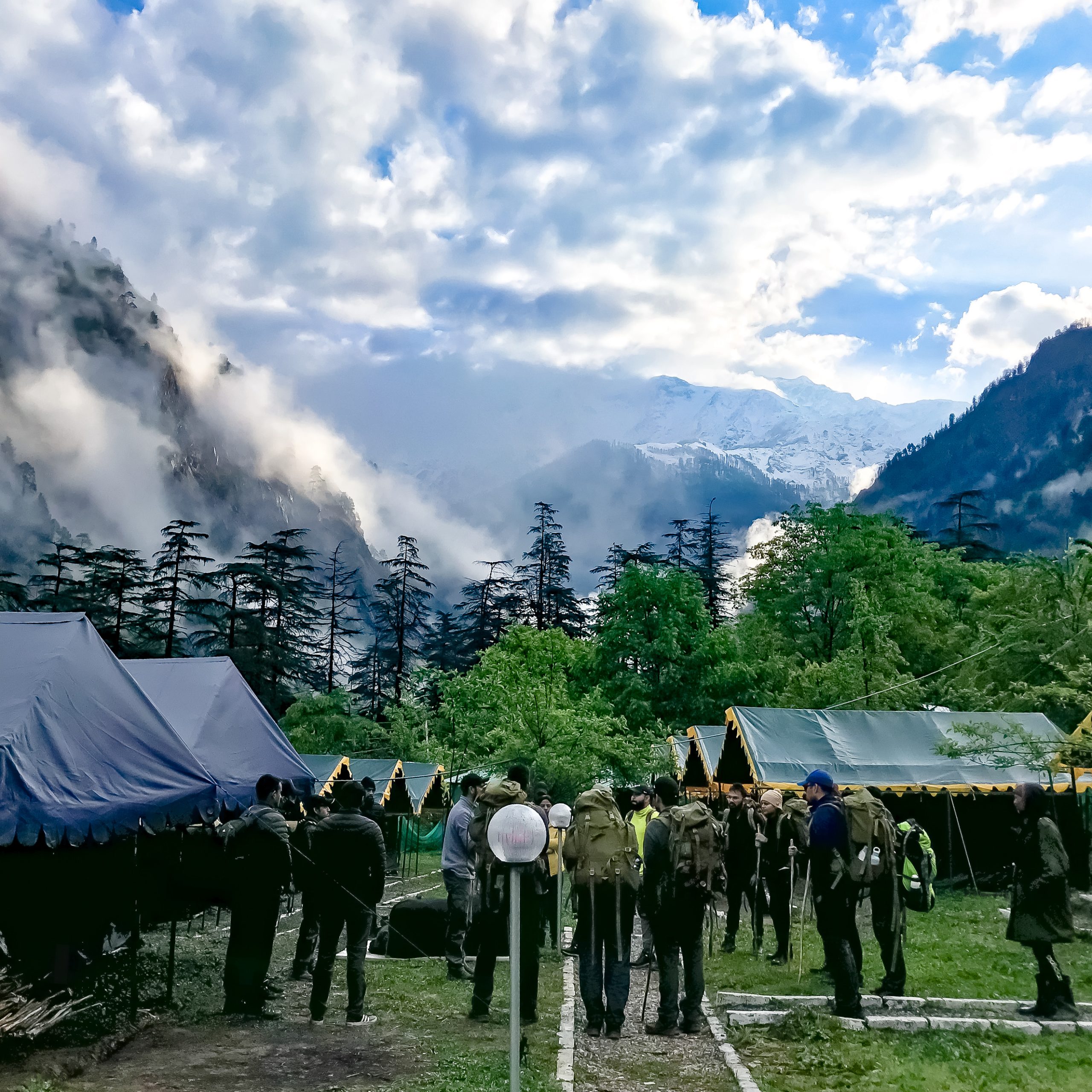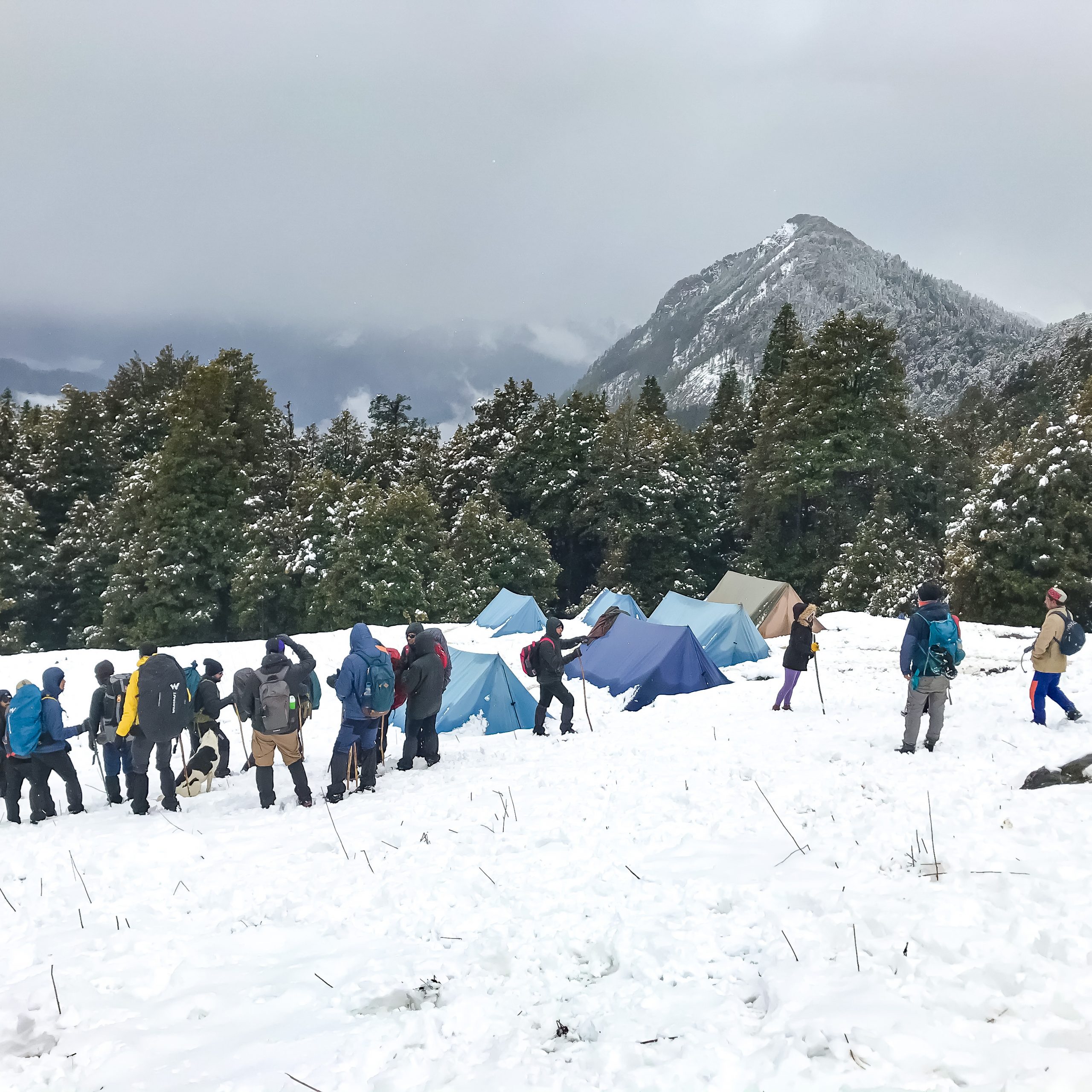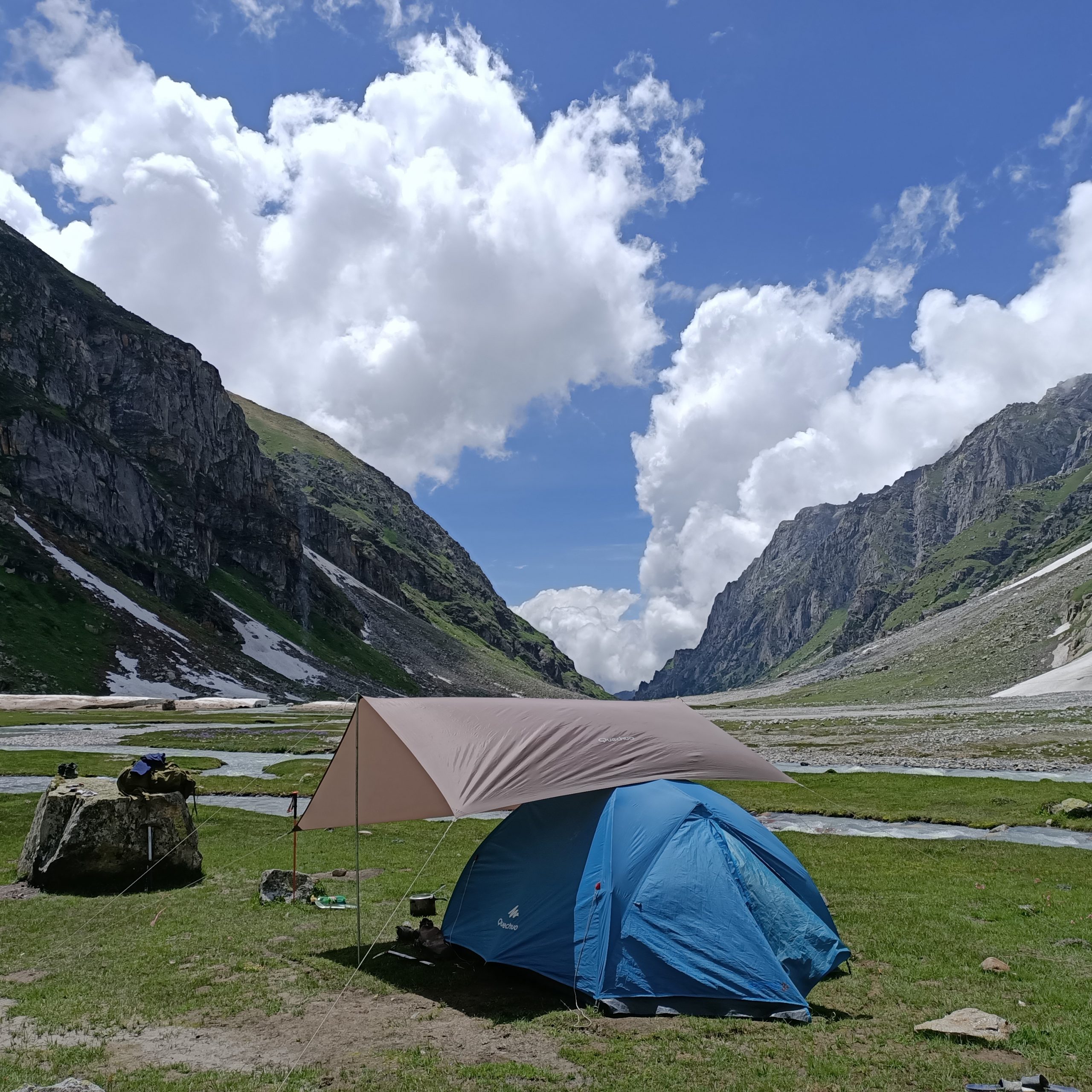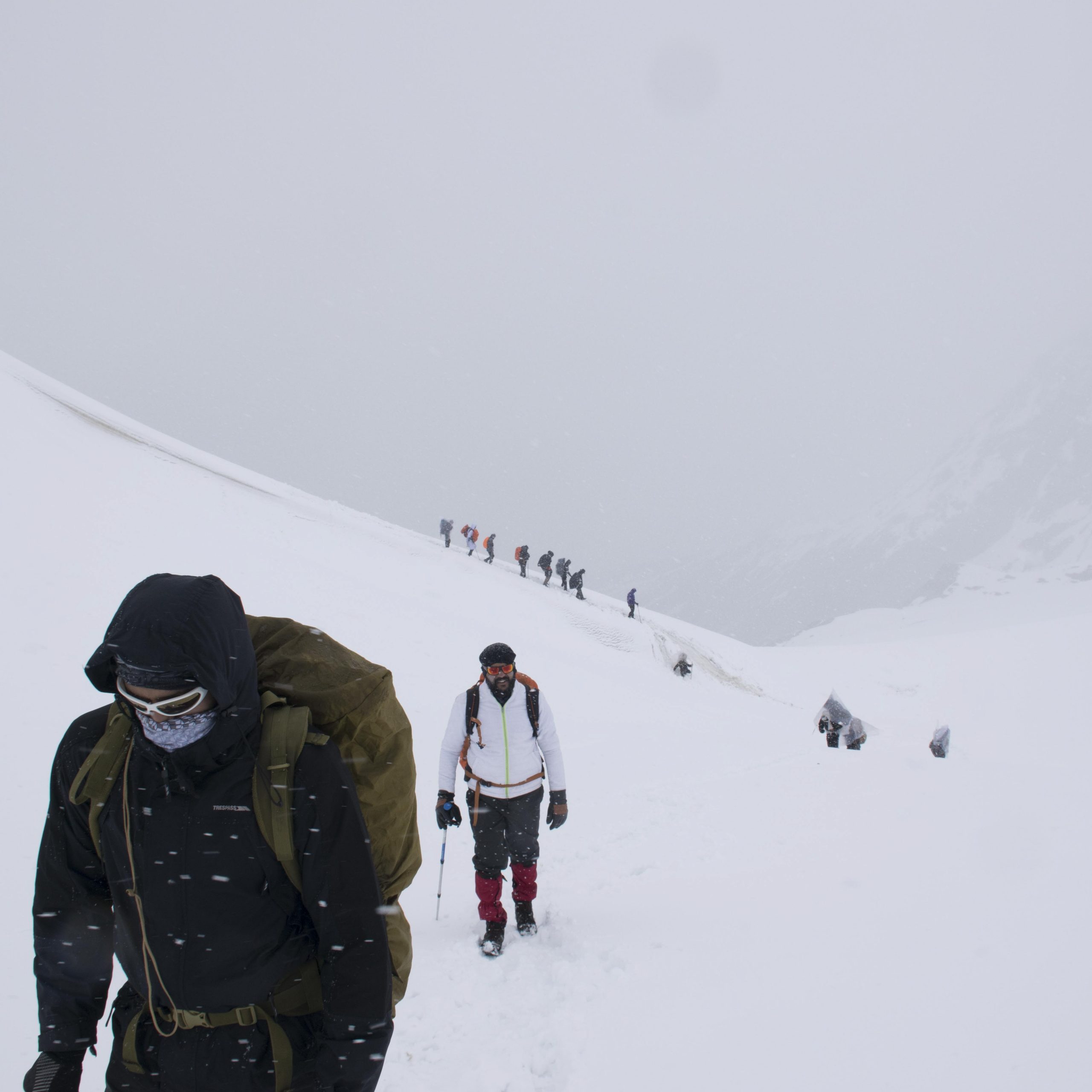from 0 review
9 Days/8 Nights
Specific Tour
30 people
English, Hindi
Altitude training is the practice by endurance athletes of training for several days to weeks at high altitude, preferably over 2,400 metres (8,000 ft) above sea level.
The body acclimates to the relative lack of oxygen by increasing the mass of red blood cells and hemoglobin, or altering muscle metabolism. When such athletes travel to competitions at lower altitudes they will still have a higher concentration of red blood cells for 10–14 days, giving them a competitive advantage.
✔️Trekking shoes : Carry water proof trekking shoes with good grip and ankle support. Do not carry sports shoes.
✔️Three layers of warm clothes : Carry two or three-layer jackets, fleece jackets and a padded jacket.
✔️Two/Three trek pants : Carry light cotton trek pants. Denim/jeans and shorts are not suitable for trekking.
✔️Three t-shirts (collared/dri-fit) : Full sleeved t-shirts that prevent sun burns on the neck and arms. Carry one or two dri-fit t-shirts.
✔️Thermals : Carry thermals (top and bottom).
✔️Sunglasses : Sunglasses are mandatory. There will be lot of snow on the trek and can cause snow blindness.
✔️Cap : At high altitude, the sun is extra harsh so carry a cap to protect yourself.
✔️Water proof hand gloves : Carry water proof gloves and avoid woollen gloves as they will get wet if you touch snow.
✔️Socks (3-4 pairs) and a pair of woollen socks : Apart from two sports socks, you can take a pair of woollen socks for the night.
✔️Headlamp/LED torch : Mandatory
✔️Raincoat/Ponchos : At high altitudes, snowfall and rain are quite common and it’s mandatory to carry a poncho so that you don’t get wet. The trek will continue as planned even during rainfall.
✔️Lunch box and water bottle : Every participant should have their personal lunch box and a water bottle [insulated type].
✅ Accommodation
✅ Meals (Breakfast, lunch, snacks, dinner)
✅ Camping charges (forest and camping permissions)
✅ Trekking equipment (High quality tent, sleeping bag etc)
✅ Gaiters (to protect your shoes from snow)
✅ Safety equipment (advance first-aid kit)
✅ Expert Leaders (certified trek and camp leaders)
✅ Expert Support Team (cook, helpers etc)
✅ GST 5%
✅ Personal Insurance (via ASC 360)
❎ Transportation and food to and from the base camp
❎ Backpack offloading charges
❎ Any Personal Expenses
❎ Cost of Emergency
✔️Original and photocopy of government photo identity card- (Aadhar card)
✔️Medical Certificate (signed by a registered MBBS doctor)
✔️NOC form (signed by the participant)
click here to download medical certificate and NOC









Sar Pass is an ideal trek for beginners. It is appropriate for participants who wish to experience all kinds of terrain. This trek includes forests, meadows, villages and snow-covered mountains.
The Sar pass trek offers an absolute escapade and is recommended for beginners and moderate level trekkers.
-Trek through forests, meadows, villages and snow clad mountains.
-Climb to the summit of Sar Pass at 13,800 ft for stunning views of snow-capped peaks.
-The trek starts from Kasol, which is a haven for backpackers from around the globe.
Sar Pass takes min of 5 nights and 6 days to start from Kasol-Grahan-Min thach-Nagaru-Biskeri thach-kasol.
The best seasons to do the Sar Pass is between April mid - June mid to experience the good amount of snow on the trek.
It could be done between June mid to Oct as well but one will not any snow on the trail and chances of rain are also high.
Sar Pass – An extensive route in Parvati valley, stands at a majestic 13,800 ft. With the stunning views of jagged mountains and snow-capped peaks all around.
The average temperature in the daytime will be 12°C to 18°C and in night it could be 0°C to 4°C.
One must bring enough pair of clothes and best-quality trekking boots (Water proof) to cover the whole trek carefully and does not face any difficulties due to cold.
Preparing yourself well before coming for and Himalayan trek is really important. Sar pass is easy-moderate trek and requires basic level of fitness.
Basic physical fitness you can achieve by routinely doing a 20-30 min cardio exercises like running, skipping, crunches, squats. Work on your calf muscles, knees and thighs.
Apart from basic physical fitness you need to be properly acclimatized before starting the trek so keep you body well hydrated and rest enough after reaching the base camp.
The mobile connectivity is intermittent as soon as you start the the trek from Kasol. In Grahan (2nd campsite) you will get landline facility to call in emergency. Then no network in Min Thach (3rd campsite). Nagaru (4th campsite) and Biskeri Thach (4th campsite) has good network connectivity.